Trademark Infringement Prevention and Remedies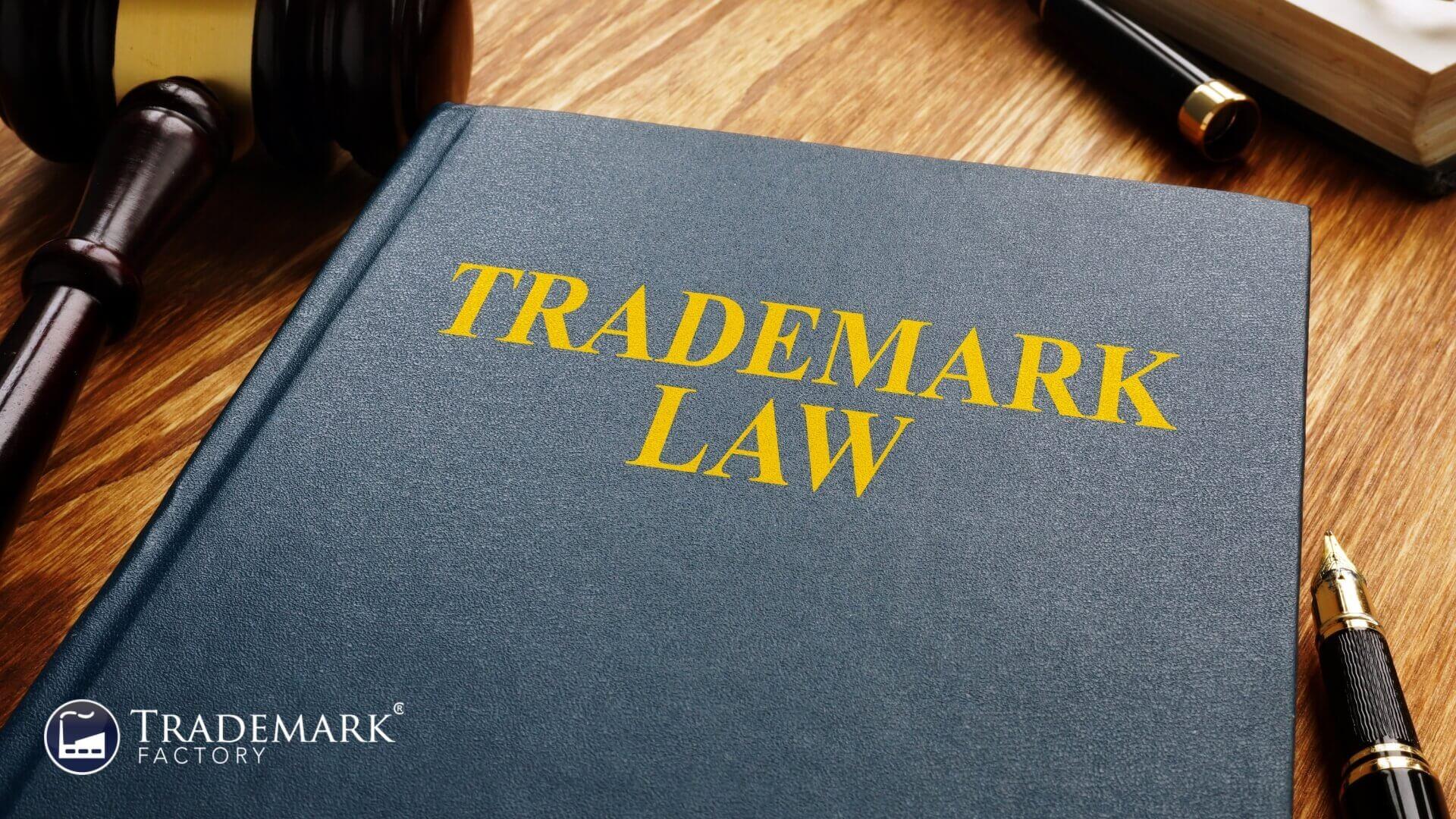
In the ever-evolving world of commerce, introduction of trademarks play a crucial role in protecting businesses' unique identities and distinguishing their products or services from competitors. The increasing globalization of trade coupled with rapid advancements in technology has made it necessary for entrepreneurs and established enterprises alike to navigate the complex landscape of trademark rights diligently. A thorough understanding of trademark infringement and its definition is essential for businesses seeking not only to safeguard their brand's reputation but also to foster an environment where consumers can confidently identify and choose their preferred offerings.
Trademark infringement occurs when one party uses a mark that is similar or identical to another's registered trademark, leading to confusion among consumers regarding the source of goods or services. This article aims to elucidate the various facets of this intricate legal field, including different types of infringement, key elements that constitute a valid claim, and potential defenses available for accused infringers. Furthermore, readers will be enlightened on secondary liability in trademark infringement cases as well as strategies for monitoring and preventing infringements proactively. With special attention given to e-commerce platforms and international enforcement issues, this comprehensive guide empowers businesses worldwide by providing them with valuable insights into protecting their hard-earned goodwill while fostering a sense of belonging among their target audience.
Defining Trademark Infringement
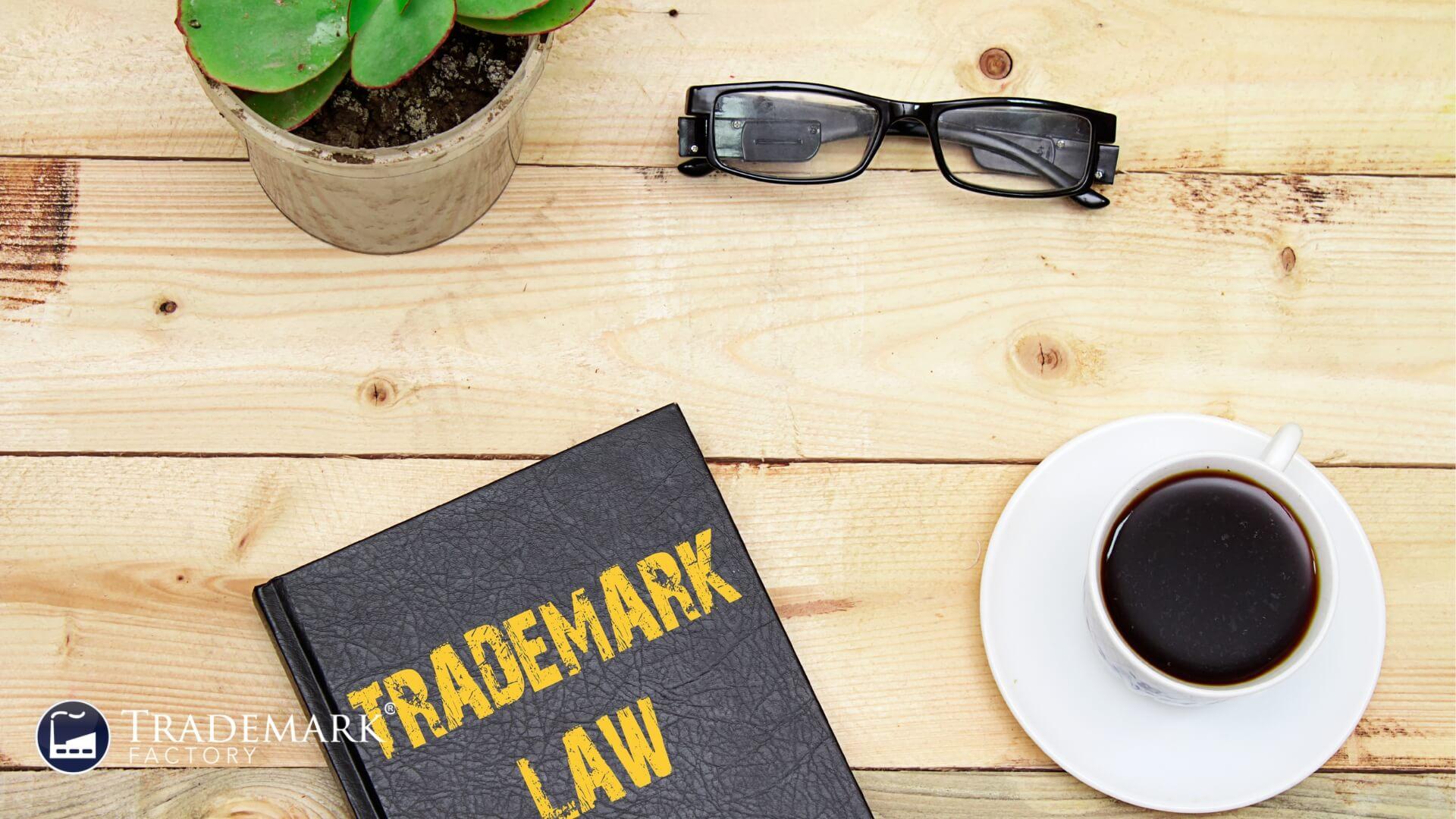
Trademark infringement represents a significant breach of brand identity, posing challenges in navigating the complex landscape of trademark rights. This phenomenon occurs when an unauthorized party utilizes a legally protected mark in a manner that creates consumer confusion regarding the source or affiliation of goods and services. To mitigate such issues, it is crucial to dissect the legal dimensions of trademark infringement and understand the threshold for consumer confusion in enforcing these intellectual property rights.
Trademark Infringement: A Breach of Brand Identity
A breach of brand identity occurs when unauthorized use of a protected mark compromises the distinctiveness and reputation associated with that particular brand. This infringement can lead to brand dilution, wherein the unique value of a trademark is weakened due to its overuse or improper utilization. The presence of counterfeit goods in the market not only affects consumer confidence in a brand but also causes economic losses for the rightful trademark owner. While fair use exceptions exist to permit some degree of freedom in utilizing trademarks for descriptive, comparative, or parodic purposes, such allowances are strictly regulated to prevent potential abuse. Infringers may take various forms, ranging from trademark trolls who exploit legal loopholes for financial gain to cybersquatting issues where individuals register domain names similar to established brands with malicious intent. Understanding these nuances within trademark law becomes crucial in preserving one's intellectual property rights and maintaining a strong brand image; therefore, it is essential to explore types of trademark infringement as well as their corresponding legal implications and consequences.
Types of Trademark Infringement

In order to effectively navigate the complex landscape of trademark rights, it is essential to distinguish between direct and indirect trademark infringements. A comprehensive understanding of these two categories allows for a more accurate assessment of potential violations and appropriate legal actions. This discussion aims to provide an in-depth analysis of the key differences between direct and indirect types trademark infringements, thereby facilitating more informed decision-making within the realm of intellectual property law.
Direct vs. Indirect Trademark Infringements: Spotting the Difference
Discerning between direct and indirect violations within the realm of intellectual property rights necessitates an astute understanding of their respective characteristics, as evidenced through real-world examples and case studies. Infringement detection is crucial for both types; however, direct consequences are typically experienced in cases involving a direct infringement, where one party uses another's trademark without authorization, resulting in consumer confusion. Indirect liability arises when a third party contributes to or facilitates the infringement, such as an online marketplace that allows sellers to offer counterfeit goods. Infringement prevention strategies must address both forms of transgression to effectively protect trademark holders' interests. An engaging approach toward recognizing these differences fosters a sense of belonging among stakeholders who share common goals in safeguarding intellectual property rights. With this nuanced comprehension firmly established, attention may be directed towards examining the essential elements of a trademark infringement claim and their practical implications for brand owners seeking legal recourse against infringers.
Elements of a Trademark Infringement Claim
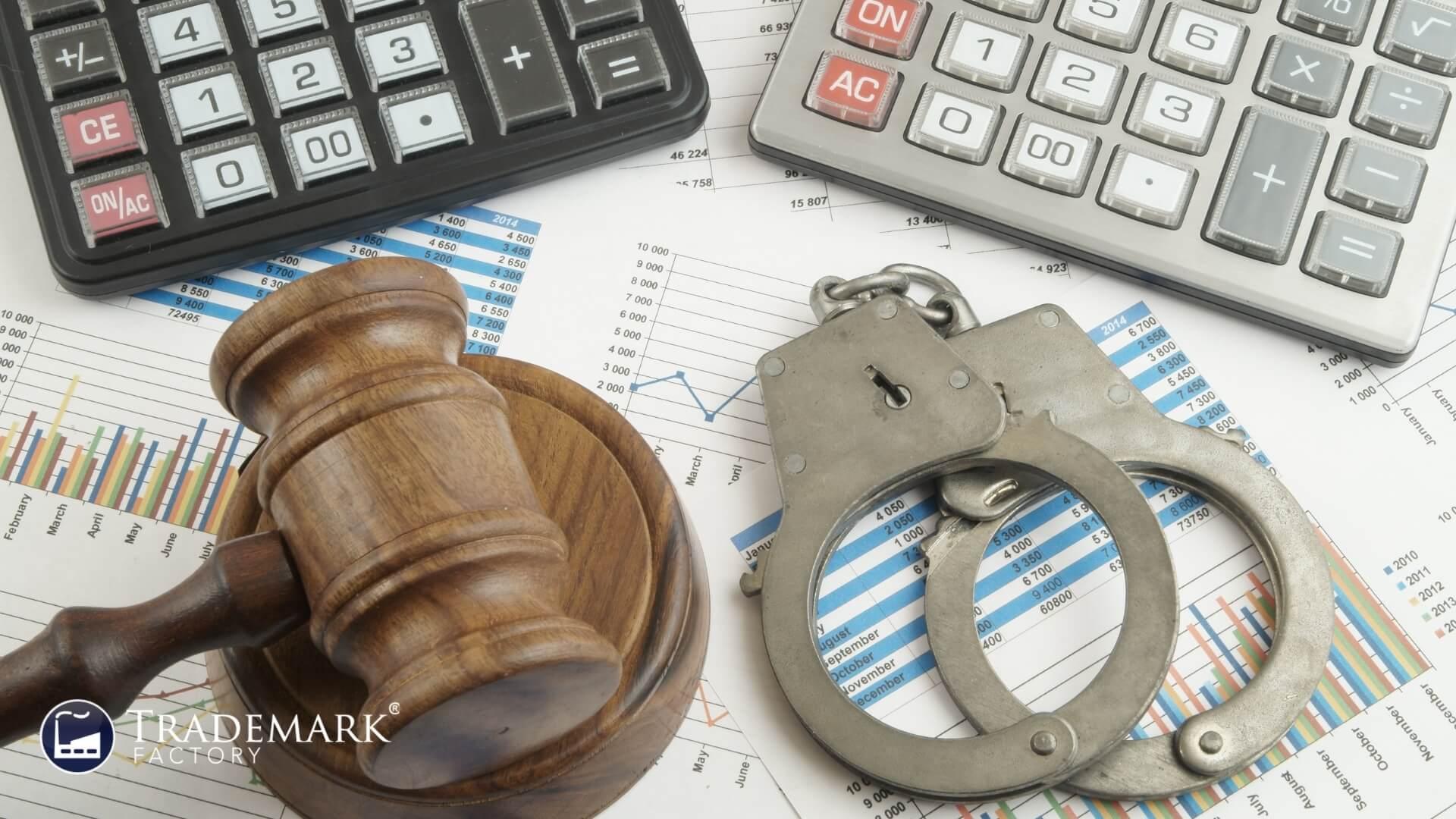
A comprehensive understanding of the elements involved in a trademark infringement claim is crucial for building a robust legal case. This discussion delves into the significance of establishing trademark validity and proving unauthorized use as essential components to substantiate such claims. By examining these critical aspects, one can better navigate the complex landscape of trademark rights and bolster their position in potential trademark infringement elements.
Building a Strong Trademark Infringement Claim
To successfully establish a robust claim for violation of one's distinctive brand identity, it is crucial to comprehend the intricacies involved in substantiating ownership and demonstrating the likelihood of consumer confusion. In order to engage an audience with a subconscious desire for belonging, consider these pivotal aspects:
- Strong claims: To build a persuasive case, identify the key elements that show your trademark rights have been violated. Evidentiary support, such as registration certificates or proof of prior use, can help strengthen your claim.
- Infringement evidence: Gathering solid evidence to prove infringement is essential. This may include instances where the alleged infringer has used similar or identical logos, slogans, or trade names that are likely to cause confusion among customers.
- Claim strategies: Assess various approaches towards addressing infringement issues; this could involve initiating negotiations for amicable resolutions or pursuing legal action if necessary.
By understanding these factors and employing effective claim resolution tactics, parties involved in trademark disputes can better navigate through the complexities surrounding intellectual property rights. As we delve deeper into trademark infringement matters, it becomes increasingly important to explore the role of intent in determining whether there has been an actual violation of one's distinctive brand identity.
The Role of Intent in Trademark Infringement

The role of intent in trademark infringement cases is crucial in determining the severity and consequences of such violations. When infringement crosses the line from inadvertent to deliberate, the legal ramifications can be significantly more severe for the infringing party. Understanding the distinction between these two types of infringements and their implications is essential for navigating the complex landscape of trademark rights and protecting one's intellectual property interests.
When Infringement Crosses the Line: Intent and Its Consequences
Delving into the realm of intent and its repercussions, one must consider the crucial factors that determine when an act crosses the line from mere infringement to a more severe transgression with significant legal consequences. Infringement intent plays a pivotal role in determining the gravity of unintentional violations, as courts are inclined to impose harsher penalties for malicious infringement. It is worth noting that proving intent can be challenging, but evidence of deliberate attempts to deceive or confuse consumers is likely to result in stiffer sanctions for infringers. Consequently, understanding and navigating these nuances becomes essential not only for brand owners seeking to protect their trademarks but also for those who may find themselves inadvertently encroaching upon others' rights. As we explore further into this complex landscape, it will become increasingly evident how secondary liability for trademark infringement comes into play and affects all parties involved in such cases.
Secondary Liability for Trademark Infringement

In the complex landscape of secondary trademark infringement, secondary liability poses a significant challenge for both rights holders and intermediaries. This dilemma arises when an intermediary, such as an online marketplace or search engine, unintentionally facilitates infringement by third parties. Analyzing the scope and implications of secondary liability in trademark law is crucial to understanding the responsibilities of various stakeholders in preventing indirect infringement and protecting intellectual property rights.
In the Web of Infringement: The Dilemma of Secondary Liability
As the digital sphere continues to expand, the quandary of secondary liability presents a formidable challenge for intermediaries striving to deter violations of intellectual property. Secondary actors, such as online intermediaries, can find themselves entangled in complex legal battles due to contributory liability or joint infringement claims arising from their users' actions. These cases often involve determining whether an intermediary had knowledge of trademark infringements occurring on their platforms and if they failed to take adequate measures to prevent them. Vicarious liability further complicates matters, as it focuses on whether the intermediary exercised control over the infringing party and derived a direct financial benefit from their illicit activities. Navigating this intricate landscape requires a delicate balance between protecting intellectual property rights and fostering innovation in technology and content creation. In seeking solutions that effectively address these concerns, stakeholders must consider various remedies for trademark infringement that are both fair and equitable.
Remedies for Trademark Infringement
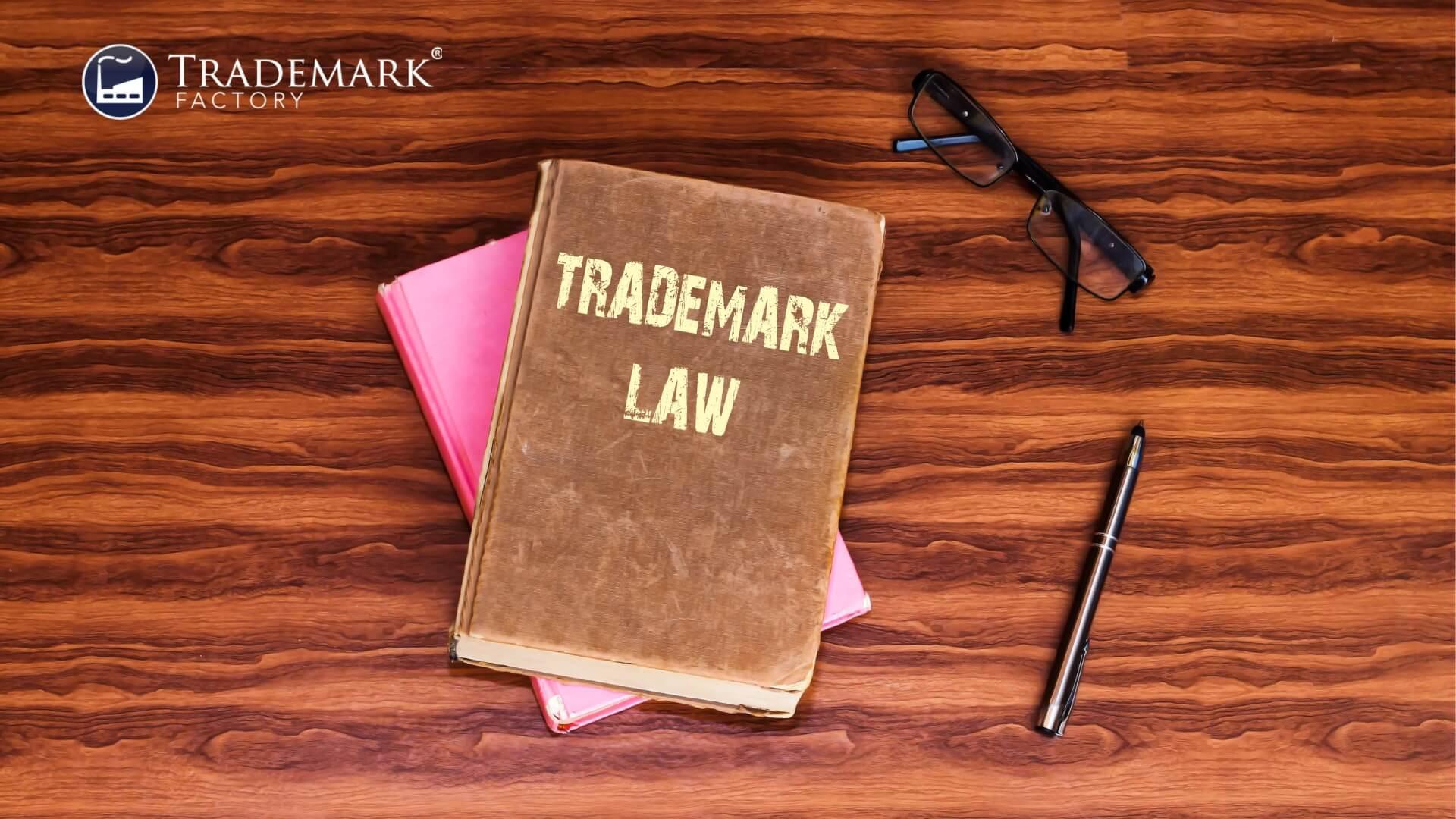
The impact of trademark infringement remedies plays a crucial role in addressing trademark violations and restoring damages caused by the infringement. These legal recourses not only provide compensation to the aggrieved party but also serve as a deterrent for potential infringers. A comprehensive understanding of these remedies is essential for navigating the complex landscape of trademark rights and ensuring that intellectual property remains protected.
Setting Things Right: The Impact of Infringement Remedies
Upon examining the consequences of remedies for intellectual property violations, one must consider their effectiveness in both restoring the aggrieved party's position and deterring future transgressions. Infringement consequences can be significant; however, remedy limitations may not always provide full relief to the affected parties. Therefore, it is crucial to explore various options in addressing trademark infringement disputes. These include: 1) Settlement negotiations, which can result in mutually beneficial agreements between parties and avoid prolonged litigation; 2) Alternative dispute resolution methods such as mediation or arbitration, offering a more efficient and less adversarial approach to resolving disagreements; 3) Proactive prevention strategies that involve monitoring potential infringements and taking swift action against infringers before damages escalate; and 4) Educating stakeholders on trademark rights and responsibilities, fostering a culture of respect for intellectual property within industries. The emphasis on these measures reflects the collective aspiration of businesses to maintain an environment where innovation thrives, without being hindered by unlawful practices. Consequently, understanding defenses to trademark infringement becomes essential for protecting one's brand while respecting others' legitimate rights.
Defenses to Trademark Infringement

Counteracting trademark infringement defenses and accusations necessitates a comprehensive understanding of effective defense strategies in the realm of trademark law. Delving into these strategies illuminates the interplay between defenses and the principles of fair use, providing vital insight for navigating potential claims. By exploring various defenses to trademark infringement, one can better equip themselves to address legal challenges and protect their intellectual property rights.
Counteracting Infringement Accusations: Effective Defense Strategies
Effectively addressing accusations of intellectual property violations requires a strategic approach that leverages key legal defenses such as 'good faith,' 'prior use,' and 'fair use' doctrines. Employing these strategies can often provide favorable outcomes for defendants who face infringement claims, ensuring the continued growth and success of their businesses or ventures. Key defense strategies include:
- Fair use defense: Asserting that the contested usage is protected under the principle of fair use, which allows limited, transformative usage of copyrighted material without permission.
- Parody exception: Claiming that the alleged infringement constitutes a parody or satire, which is generally protected under fair use principles.
- Abandonment claims: Arguing that the plaintiff has abandoned their trademark rights through non-use or failure to enforce those rights.
- Laches argument: Contending that an unreasonable delay in asserting trademark rights by the plaintiff has prejudiced the defendant's ability to defend against those claims.
- Acquiescence issues: Asserting that the plaintiff acquiesced to, or passively accepted, the defendant's usage of a similar mark over time.
By employing these defense tactics when facing allegations of trademark infringement, parties can more effectively navigate complex legal frameworks and safeguard their intellectual property interests. This underscores the importance of trademark monitoring to prevent infringement from occurring in the first place.
The Importance of Trademark Monitoring to Prevent Infringement

Trademark monitoring plays a crucial role in safeguarding one's brand from potential infringements, ensuring that the value and reputation of the mark are preserved. By implementing effective monitoring strategies, organizations can detect violations at an early stage and take timely corrective measures to mitigate damages. The essentials of trademark monitoring thus serve as indispensable tools for businesses seeking to maintain their competitive edge and uphold their intellectual property rights in today's increasingly complex legal landscape.
Guarding Your Brand: Trademark Monitoring Essentials
Safeguarding your brand's integrity necessitates a thorough understanding of trademark monitoring essentials, which play a crucial role in mitigating the risks associated with unauthorized usage and maintaining robust brand protection. These essentials encompass being vigilant about potential brand dilution, wherein the strength of your mark may be weakened due to improper use; understanding infringement penalties to deter would-be infringers; guarding against trademark trolls who may seek to exploit your intellectual property for their own gain; protecting against cybersquatting consequences by proactively registering domain names related to your trademark; and addressing counterfeit products that can tarnish your reputation and erode consumer trust. In an increasingly interconnected world where businesses vie for consumer attention, it is essential for organizations to adopt a proactive approach towards these aspects of brand protection. This vigilance will prove invaluable as we delve into the intricacies of trademark infringement in e-commerce, where challenges are compounded due to the global nature of online business transactions.
Trademark Infringement in E-commerce

Trademark infringement in e-commerce has emerged as a critical issue, with the rapid growth of online marketplaces exposing brands to increased risks of unauthorized use and misappropriation. Safeguarding trademarks in the digital market necessitates proactive monitoring, enforcement strategies, and collaboration among stakeholders. The role of platforms and consumers is vital in mitigating online trademark infringement, demanding comprehensive measures to ensure brand protection and maintain consumer trust.
Safeguarding Trademarks in the Digital Market
In the rapidly evolving digital marketplace, it is crucial for businesses to implement robust strategies and mechanisms that protect their intellectual property and maintain online brand integrity. Digital enforcement initiatives play a vital role in combating issues such as online counterfeiting, domain disputes, and social media risks which have the potential to tarnish a company's reputation and diminish consumer trust. By embracing a shared responsibility model, businesses, e-commerce platforms, and regulatory bodies can collaborate effectively in safeguarding trademarks from misuse or infringement. Establishing stringent brand protection measures not only ensures that customers receive authentic products but also fosters an environment of trustworthiness and reliability within digital markets. As global commerce continues to expand beyond borders, it becomes increasingly imperative for organizations to address the challenges associated with international trademark infringement and enforcement.
International Trademark Infringement and Enforcement
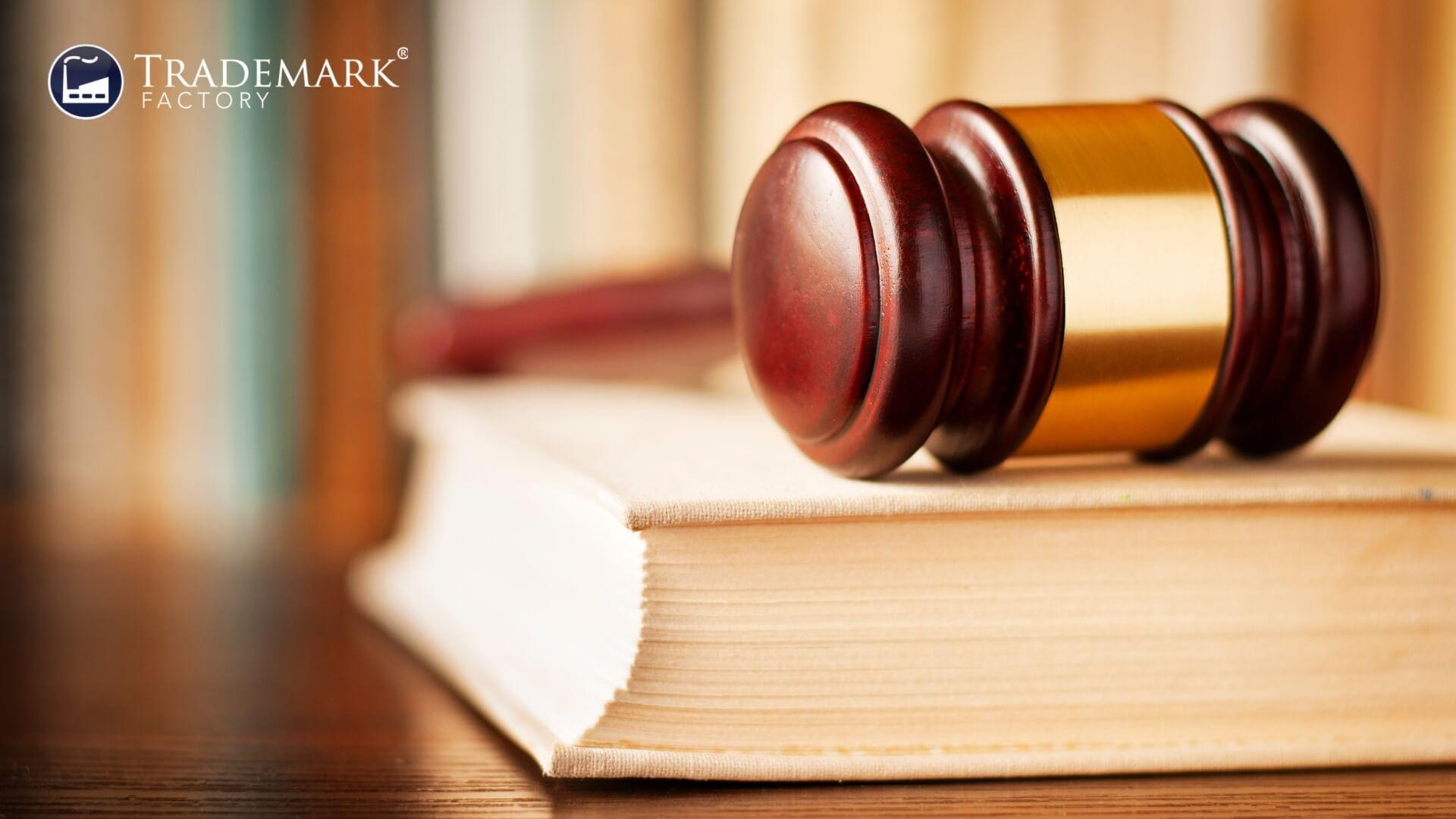
Transcending borders in the realm of trademark protection and enforcement presents a multitude of challenges as globalization continues to shape the landscape of commerce. To navigate this intricate domain, international agreements and cooperative efforts play a crucial role in upholding trademark rights across jurisdictions and to avoid international trademark infringements. As such, understanding these complexities is essential for both businesses and legal practitioners seeking effective strategies to mitigate risks associated with international trademark infringement and enforcement.
Transcending Borders: Global Trademark Protection and Enforcement
Securing comprehensive intellectual property safeguards on a worldwide scale is critical for businesses operating across borders, as it ensures the protection and enforcement of their distinctive brand elements in diverse legal jurisdictions. Implementing global enforcement strategies enables these entities to combat trademark infringement more effectively, while border control measures help prevent counterfeit goods from entering the market and diluting the value of their brands. To navigate cross jurisdictional challenges, companies must rely on robust international registration systems such as the Madrid Protocol and other multilateral agreements that facilitate streamlined processes for obtaining and maintaining trademarks in multiple countries. Additionally, harmonizing legislation across different jurisdictions plays a pivotal role in fostering collaboration between national authorities, creating a cohesive framework that bolsters efforts to protect and enforce trademark rights globally, ultimately satisfying our innate desire for belonging by cultivating an interconnected community of businesses safeguarded against potential infringements.
Frequently Asked Questions
How do I choose a strong and non-infringing trademark for my business?
Selecting a strong and non-infringing trademark for one's enterprise necessitates thorough trademark research to ensure brand uniqueness and minimize infringement risks. A comprehensive exploration of existing intellectual property, including registered trademarks and domain names, aids in identifying potential conflicts and fostering a distinctive brand identity. By investing time and effort into this critical aspect of business development, entrepreneurs can confidently establish their presence in the market while minimizing legal disputes and fostering a sense of belonging among their target audience.
What are the best practices for trademark registration to avoid future infringement claims?
Trademark research, registration strategies, international protection, infringement monitoring, and domain disputes are essential components in establishing a robust trademark portfolio. Conducting comprehensive trademark research helps identify potential conflicts with existing marks while formulating registration strategies ensures the mark's uniqueness. Pursuing international protection safeguards brand identity across diverse jurisdictions, while regular infringement monitoring enables prompt action against unauthorized use of intellectual property. Addressing domain disputes proactively prevents cybersquatting and dilution of brand value. Adopting these best practices not only fortifies one's brand but fosters an environment where businesses can thrive without the looming threat of future infringement claims.
How can I determine if my use of another company's trademark falls under "fair use"?
Determining whether the utilization of another company's trademark constitutes 'fair use' involves a careful examination of specific fair use factors, such as the purpose and character of the use, the nature of the trademarked work, and the effect of the use on potential market value. Instances where fair use may apply include parody defense, which allows for creative expression that satirizes or critiques a trademark; comparative advertising, where a competitor's mark is used to compare products or services in an honest and non-deceptive manner; nominative use, which permits referencing a trademark when necessary for identification without creating confusion among consumers; and educational purposes, such as teaching or research that does not negatively impact the original holder's rights. By understanding these principles and applying them judiciously, one can navigate this complex landscape with greater confidence and minimize potential legal risks associated with trademark infringement.
How long does the process of resolving a trademark infringement lawsuit usually take, and what are the typical costs involved?
Infringement timelines in trademark lawsuits can be highly variable, often spanning several months to even years, depending on the complexity of the case and the degree of cooperation between parties during settlement negotiations. Legal representation costs are another significant factor, potentially reaching tens or hundreds of thousands of dollars if litigation outcomes remain uncertain and protracted conflicts necessitate extensive resources. However, alternative dispute resolution methods such as mediation and arbitration may provide swifter resolutions with reduced financial burdens for both parties involved. Ultimately, the duration and expense of resolving a trademark infringement lawsuit largely depend on the specific circumstances surrounding each case and the strategic approaches adopted by stakeholders seeking to protect their intellectual property rights while fostering a sense of belonging within their respective industries.
Are there any specific industries or sectors that are more prone to trademark infringement disputes?
Industry-specific challenges contribute to the varying prevalence of trademark infringement disputes across different sectors. Vulnerable sectors, such as fashion, technology, and pharmaceuticals, often find themselves at the center of infringement hotspots due to factors like rapid product development cycles and high consumer demand. Consequently, businesses operating in these sectors need to adopt sector-focused strategies for protecting their intellectual property rights. Trademark enforcement differences across jurisdictions further complicate matters for companies with a global presence, necessitating a nuanced understanding of regional regulations and enforcement mechanisms. Understanding these intricacies is essential for fostering an inclusive environment where all stakeholders can thrive while safeguarding their valuable assets from potential infringements.
Conclusion

In conclusion, the complex landscape of trademark rights necessitates a thorough understanding of infringement, its various forms, and potential defenses. Vigilant monitoring and enforcement efforts are crucial in safeguarding intellectual property assets from possible infringement.
Additionally, the global nature of e-commerce requires that businesses pay close attention to international trademark laws and regulations. By doing so, companies can better navigate this intricate legal terrain and protect their valuable trademarks from infringement risks.
Subscribe to Trademark Wednesdays, our weekly newsletter where we'll send fun and informative trademarking topics straight to your inbox.





